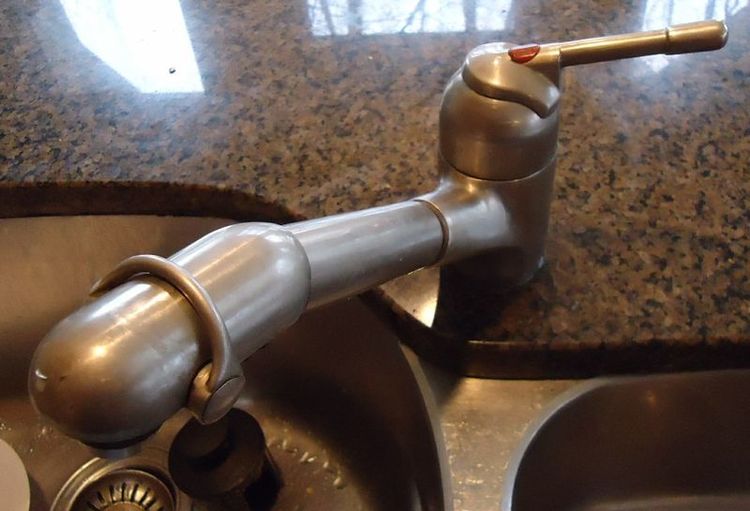Everything But the Kitchen Sink
 ln
[
x
→
0
lim
(
x
1
∫
0
x
(
e
2
t
cos
(
3
t
)
+
e
3
t
sinh
(
2
t
)
)
1
/
t
d
t
)
]
ln
[
x
→
0
lim
(
x
1
∫
0
x
(
e
2
t
cos
(
3
t
)
+
e
3
t
sinh
(
2
t
)
)
1
/
t
d
t
)
]
Evaluate the above expression.
Image Credit: Wikimedia Kitchen Sink by Tomwsulcer
The answer is 4.
This section requires Javascript.
You are seeing this because something didn't load right. We suggest you, (a) try
refreshing the page, (b) enabling javascript if it is disabled on your browser and,
finally, (c)
loading the
non-javascript version of this page
. We're sorry about the hassle.
1 solution
The title of the question cracked me up :D ...I think it's supposed to convey that the question has nearly everything thrown in...Right?
Nice solution! Having ln outside of the limit confused me a bit, but then it struck me.
In the mean time I was wondering the application of kitchen :p
Log in to reply
If there were a "kitchen sink" function I'd have thrown that into the problem as well. :)
Why the kitchen sink when you can just go to the hospital?
First look at the limit. Letting the integral be F ( x ) and f ( x ) = x , we have both of these functions going to 0 as x → 0 , and thus we have a limit of the indeterminate form 0 0 . As both functions satisfy the conditions required to apply L'Hopital's rule, we apply this rule (and use the Fundamental Theorem of Calculus) to find that our limit is equal to
S = lim x → 0 ( e 2 x cos ( 3 x ) + e 3 x sinh ( 2 x ) ) x 1 ,
which is now of the indeterminate form 1 ∞ . So now we need to look at what happens to ln ( S ) in the limit as x → 0 . We then end up with
lim x → 0 ln ( S ) = lim x → 0 x ln ( e 2 x cos ( 3 x ) + e 3 x sinh ( 2 x ) ) ,
which is of the indeterminate form 0 0 , so apply L'Hopital's to get
lim x → 0 e 2 x cos ( 3 x ) + e 3 x sinh ( 2 x ) 2 e 2 x cos ( 3 x ) − 3 e 2 x sin ( 3 x ) + 3 e 3 x sinh ( 2 x ) + 2 e 3 x cosh ( 2 x ) = 4 .
But since we must take the natural log anyway we just have 4 as our final answer.